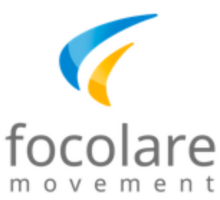![Second Vatican Council: Ecumenical Openings]()
Oct 13, 2012 | Non categorizzato

Chiara Lubich in St Peter’s Square with a group of Evangelical-Lutherans from Germany (1965)

1964: Canon Bernard Pawley with his wife, Margaret, and children, on a visit to the Focolare’ s Mariapoli Centre in Rome, are welcomed by Chiara Lubich and her first companions.

With Patriarch Athenagoras I in Istanbul

Chiara Lubich with the Archbishop of Canterbury, Dr Rowan Williams, London 2004.

Chiara Lubich visits Patriarch Bartholomew I
Photo gallery (Press Area)





